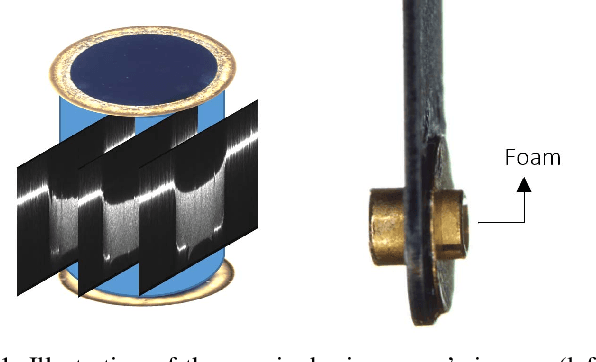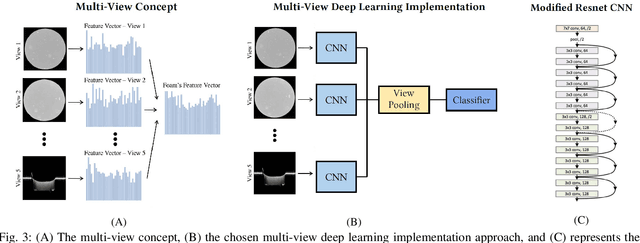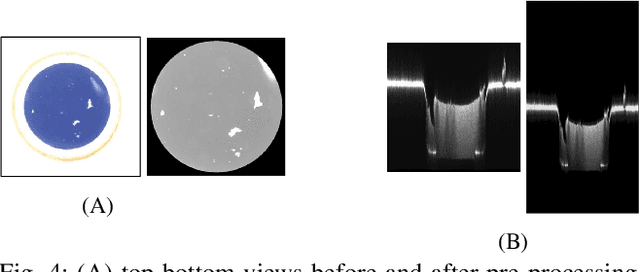Raz Gvishi
Explainable Multi-View Deep Networks Methodology for Experimental Physics
Aug 17, 2023



Abstract:Physical experiments often involve multiple imaging representations, such as X-ray scans and microscopic images. Deep learning models have been widely used for supervised analysis in these experiments. Combining different image representations is frequently required to analyze and make a decision properly. Consequently, multi-view data has emerged - datasets where each sample is described by views from different angles, sources, or modalities. These problems are addressed with the concept of multi-view learning. Understanding the decision-making process of deep learning models is essential for reliable and credible analysis. Hence, many explainability methods have been devised recently. Nonetheless, there is a lack of proper explainability in multi-view models, which are challenging to explain due to their architectures. In this paper, we suggest different multi-view architectures for the vision domain, each suited to another problem, and we also present a methodology for explaining these models. To demonstrate the effectiveness of our methodology, we focus on the domain of High Energy Density Physics (HEDP) experiments, where multiple imaging representations are used to assess the quality of foam samples. We apply our methodology to classify the foam samples quality using the suggested multi-view architectures. Through experimental results, we showcase the improvement of accurate architecture choice on both accuracy - 78% to 84% and AUC - 83% to 93% and present a trade-off between performance and explainability. Specifically, we demonstrate that our approach enables the explanation of individual one-view models, providing insights into the decision-making process of each view. This understanding enhances the interpretability of the overall multi-view model. The sources of this work are available at: https://github.com/Scientific-Computing-Lab-NRCN/Multi-View-Explainability.
Determining HEDP Foams' Quality with Multi-View Deep Learning Classification
Aug 10, 2022



Abstract:High energy density physics (HEDP) experiments commonly involve a dynamic wave-front propagating inside a low-density foam. This effect affects its density and hence, its transparency. A common problem in foam production is the creation of defective foams. Accurate information on their dimension and homogeneity is required to classify the foams' quality. Therefore, those parameters are being characterized using a 3D-measuring laser confocal microscope. For each foam, five images are taken: two 2D images representing the top and bottom surface foam planes and three images of side cross-sections from 3D scannings. An expert has to do the complicated, harsh, and exhausting work of manually classifying the foam's quality through the image set and only then determine whether the foam can be used in experiments or not. Currently, quality has two binary levels of normal vs. defective. At the same time, experts are commonly required to classify a sub-class of normal-defective, i.e., foams that are defective but might be sufficient for the needed experiment. This sub-class is problematic due to inconclusive judgment that is primarily intuitive. In this work, we present a novel state-of-the-art multi-view deep learning classification model that mimics the physicist's perspective by automatically determining the foams' quality classification and thus aids the expert. Our model achieved 86\% accuracy on upper and lower surface foam planes and 82\% on the entire set, suggesting interesting heuristics to the problem. A significant added value in this work is the ability to regress the foam quality instead of binary deduction and even explain the decision visually. The source code used in this work, as well as other relevant sources, are available at: https://github.com/Scientific-Computing-Lab-NRCN/Multi-View-Foams.git
 Add to Chrome
Add to Chrome Add to Firefox
Add to Firefox Add to Edge
Add to Edge